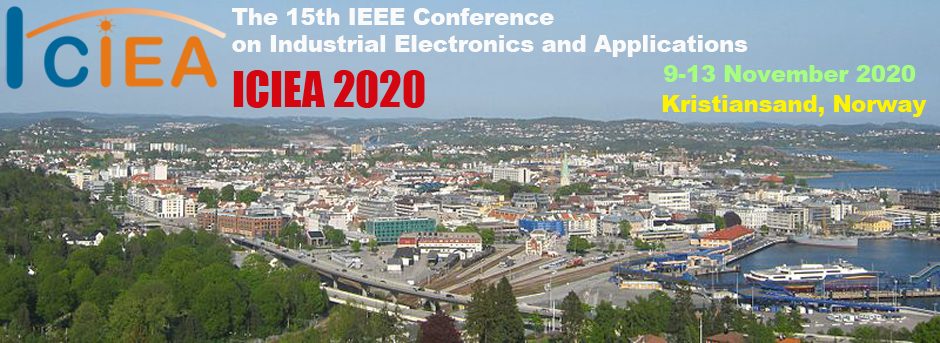
Miroslav Krstic is Distinguished Professor of Mechanical and Aerospace Engineering, holds the Alspach endowed chair, and is the founding director of the Cymer Center for Control Systems and Dynamics at UC San Diego. He also serves as Senior Associate Vice Chancellor for Research at UCSD. As a graduate student, Krstic won the UC Santa Barbara best dissertation award and student best paper awards at CDC and ACC. Krstic has been elected Fellow of seven scientific societies – IEEE, IFAC, ASME, SIAM, AAAS, IET (UK), and AIAA (Assoc. Fellow) – and as a foreign member of the Serbian Academy of Sciences and Arts and of the Academy of Engineering of Serbia. He has received the SIAM Reid Prize, ASME Oldenburger Medal, Nyquist Lecture Prize, Paynter Outstanding Investigator Award, Ragazzini Education Award, IFAC Nonlinear Control Systems Award, Chestnut textbook prize, Control Systems Society Distinguished Member Award, the PECASE, NSF Career, and ONR Young Investigator awards, the Schuck (’96 and ’19) and Axelby paper prizes, and the first UCSD Research Award given to an engineer. Krstic has also been awarded the Springer Visiting Professorship at UC Berkeley, the Distinguished Visiting Fellowship of the Royal Academy of Engineering, and the Invitation Fellowship of the Japan Society for the Promotion of Science. He serves as Editor-in-Chief of Systems & Control Letters and has been serving as Senior Editor in Automatica and IEEE Transactions on Automatic Control, as editor of two Springer book series, and has served as Vice President for Technical Activities of the IEEE Control Systems Society and as chair of the IEEE CSS Fellow Committee. Krstic has coauthored thirteen books on adaptive, nonlinear, and stochastic control, extremum seeking, control of PDE systems including turbulent flows, and control of delay systems.
Title: Extremum Seeking and its Applications
Extremum seeking (ES) is a method for solving optimization problems without the knowledge of the operating map, using only the measurements of the output of the map. Tackling similar problems as evolutionary/genetic algorithms, ES was invented half a century earlier within the early control community and is well suited for real-time implementation on plants with significant dynamics. Modern ES algorithms, developed since 2000, are capable of guaranteeing stability, and even prescribed rates of convergence in spite of the plant model and the performance index function being unknown. I will overview some fundamental ES results, including deterministic and ES algorithms, ES for non-cooperative games, and extensions of ES from gradient to Newton based updates. Many hundreds of applications of ES have emerged since 2000. I will highlight source seeking for autonomous vehicles in GPS-denied environments, MPPT for solar and wind energy sources, liquid tin droplet targeting by lasers in semiconductor photolithography, and a Mars Rover application.





